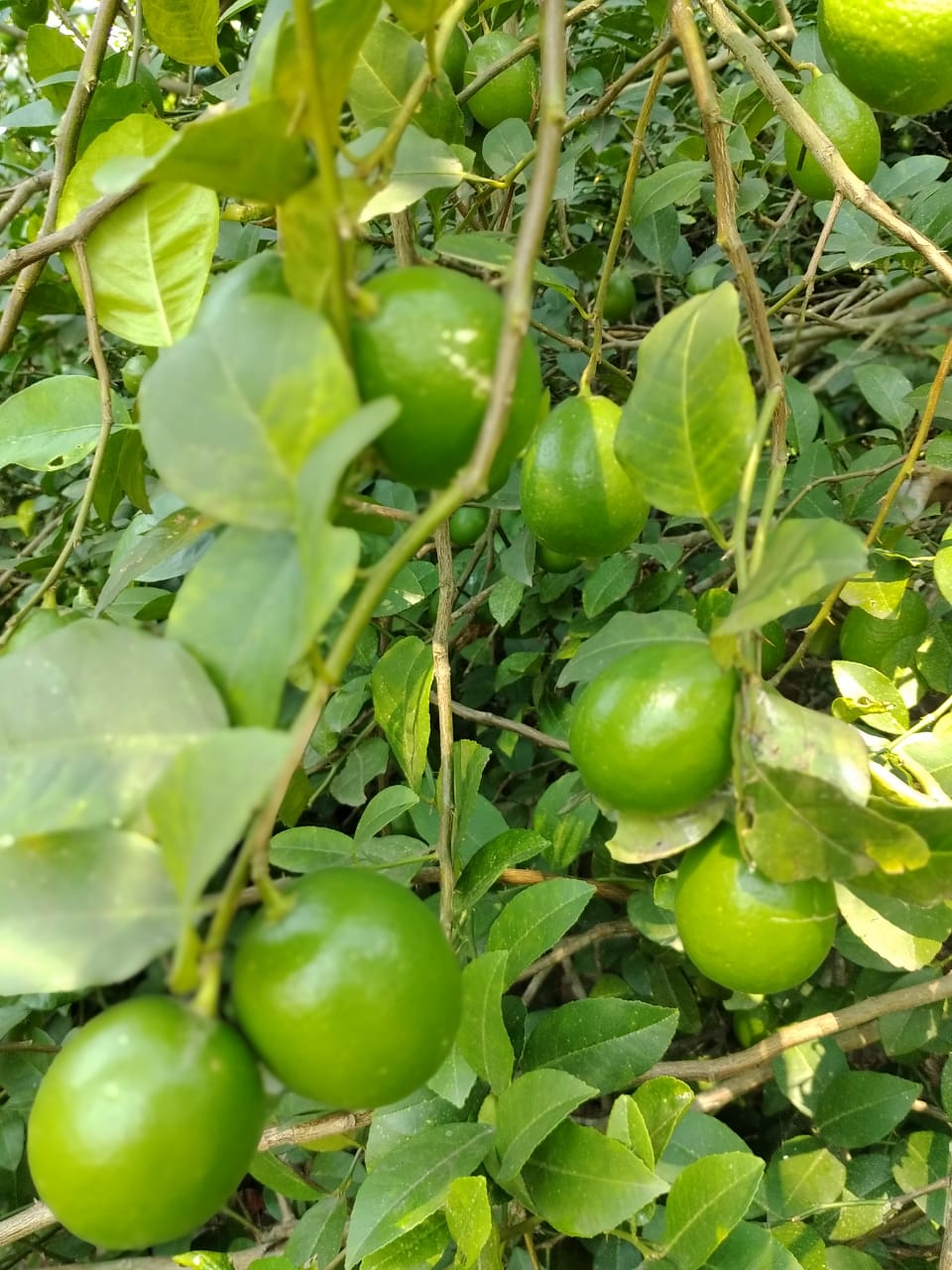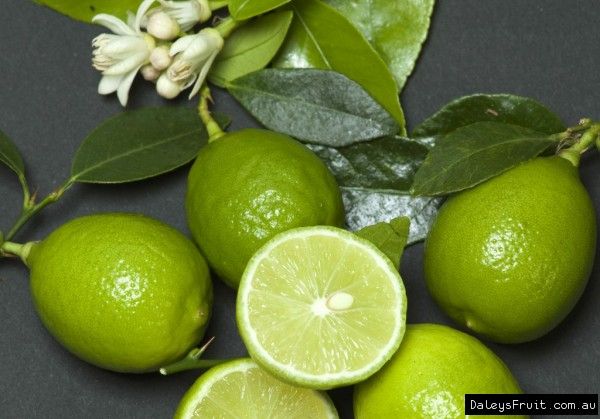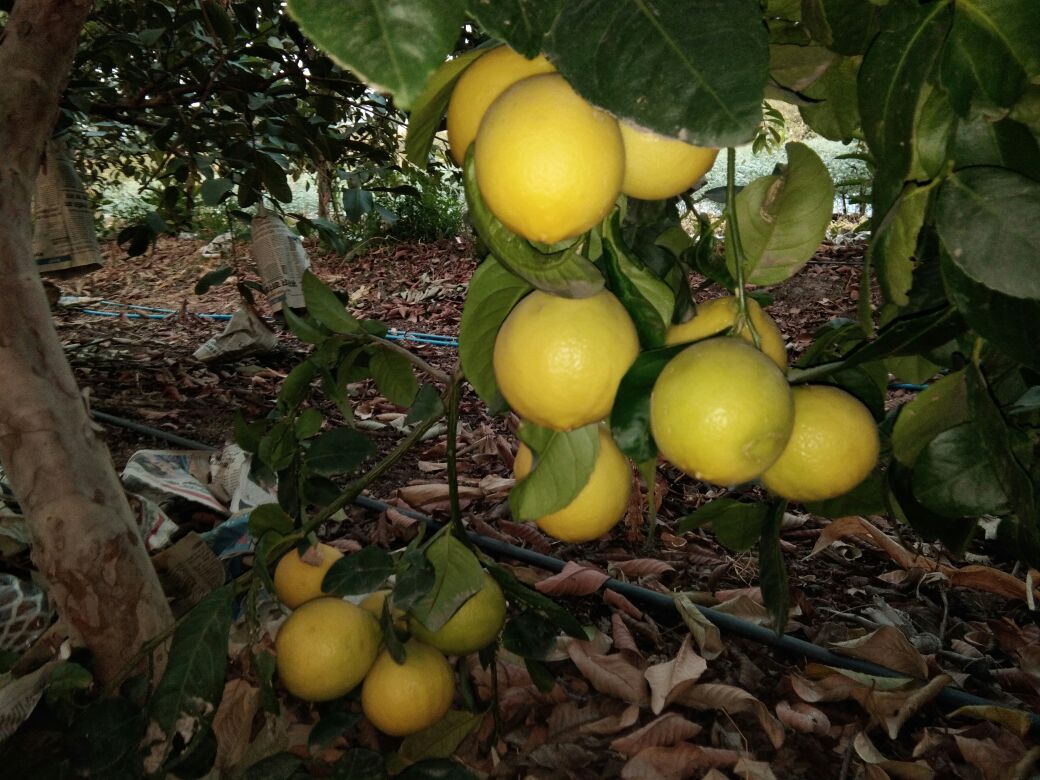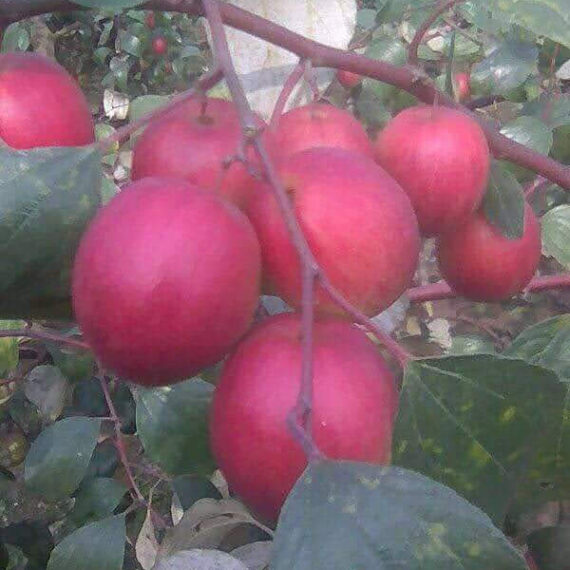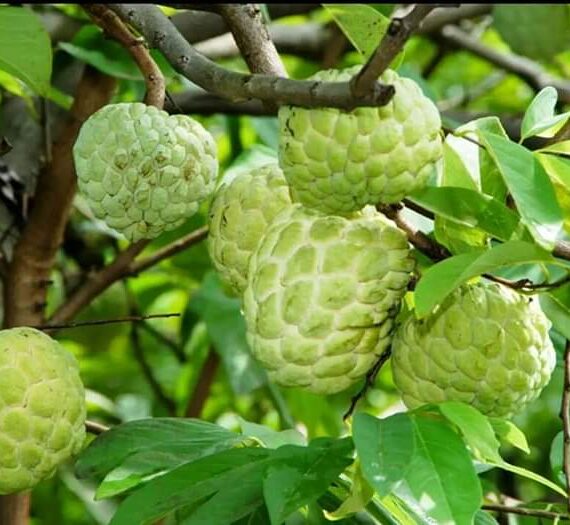Description
The best variety of lemon is the paper perennial.
The botanical name of lemon is Citrus aurantifolia (Citrus aurantifolia (Christm.) Swingle, Syn-Citrus medica Linn. var. acida Hook.f.) and it belongs to the family Rutaceae,
Many species of lemon are found, such as Kagzi nimbu, Bijori lemon, Jammari lemon, Sweet lemon etc. In the form of medicine, only lemon juice should be used. Its size is small or medium. Its tree is bushy, with thorns. Its flowers are small, white or pink in color. Fragrance comes from flowers.
Most of the lemons in the world are produced in India. It produces 16 percent of the world’s total lemon production. Mexico, Argentina, Brazil and Spain are the other main producing countries. On the right is a list of the top ten lemon producing countries in the world. Lime gives successful production in almost all types of land, but loamy land with high amount of organic matter, good drainage, whose depth is 2-2.5 m. or more, is considered ideal. Best growth and yield is given by having pH 6.5-7.0 of the soil. 60-66 percent juice is found in this. Its fruits are usually found in January-February, June-July and September-October.
land selection
Deep, friable, fertile loamy soil is good for proper development of citrus fruit plants. Soil with hard layer, whose pH value is 5.5 to 7.5. Paper is suitable for lemon plants. Lemons are sensitive to salinity and cannot tolerate salinity.
plantation
For planting Kagji lemon orchard, one week before planting seedlings in the field, 40 kg of decomposed cow dung, 1 kg of single super phosphate in pits of size 2 x 2 x 2 feet is mixed well in the soil. The distance of the lemon plant is 20 to 25 feet, but can
manure and fertilizers
The deficiency of micronutrients like zinc, iron, manganese, boron etc. is seen in Kagji lemon plants. Therefore, micronutrients should also be mixed with manure and fertilizers in their gardens. Plants are given 10 kg of cow dung, 12 gm nitrogen, 60 gm single super phosphate and 40 gm murate of potash every one year according to age.
This quantity is increased every year and in the same proportion for five years. After this the amount of manure and fertilizer is fixed. Which is given in subsequent years. When plants show signs of deficiency of zinc, iron and boron, 0.4 to 0.6 percent zinc and ferrous sulphate and 0.1 percent borax solution are sprayed.
pest control
Oxidal Insect – The caterpillar of this insect penetrates into the new leaves and makes crooked tunnels in them, due to which the energy and growth of the plant is affected and the fruit of the plant is also killed.
Control- For its control, spraying of Monocrotophos 40 EC 1 ml per liter of water or Deltamix 2.8 EC 5 ml per 10 liter should be done twice at an interval of 20 days.
Lemon Butterfly – The larval stage of this butterfly is harmful, which damages the paper lemon plant by eating the leaves. Its adult is a large butterfly of bright color. Three to five generations of this insect are found in a year and it is more active in the month of September.
Control- For its prevention, spraying of VT 1 gram per liter of water or Endosulfan 35 EC mixed with 2 ml medicine per liter of water should be done.
disease and control
Canker or Citrus Canker- This disease is spread by a bacterium called Xanthomonas citri. It mainly affects Kagji lemon plants. The effect of this disease is visible on leaves, small branches, thorns and fruits. Initially small shiny yellow spots are formed, which later become brown and spongy of 3 to 4 mm in size. These spots are more pronounced on the leaves than on the fruits. This disease spreads more in the rainy season and affects the Kagji lemon more.
Control- For the control of this disease, 0.2 percent blitax 50 should be sprayed at an interval of 15 days in rainy days and streptomycin sulphate solution of 500 ppm has also been found effective in its control.
Flowers and fruit fall – Flowers in paper lemon mainly come in spring (February to March) on mixed bud. But in sour species of lemon, flowers keep coming almost throughout the year. The problem of falling or falling of fruits is found in citrus fruits.
Spraying of 2,4-D at 8 ppm, 30 ppm of NAA and 30 ppm of GA-3, on control plants has been found beneficial in preventing fruit drop.
Fruit burst- The problem of fruit burst is also found in paper lemons. The fruits often burst when there is sudden humidity in the environment due to dry weather. The problem of fruit cracking increases due to rain in summer.
Control- To prevent this problem, light irrigation should be done as per the requirement. Apart from this, by spraying 10 ppm gibberellic acid on the plants, the problem of fruit burst can be greatly reduced.
flowering, fruiting and yield
After nine months of flowering in citrus fruits, the fruits are ready for ripening. But the fruits of lemon and kagji lemon are ready to pluck after six months of flowering. Plants start getting fruits after 3 to 5 years and 5 to 6 years old plants start giving full fruits. Lemon gives 500 fruits per tree.
Due to the production of fruits twice a year, the demand for this type of plant is high. From this, 30 to 50 kg of fruits can be produced per year. After about 5 years, a tree can produce up to 60 kg of lemon. However, with age, these paper lemon trees also give 100 to 150 kg of fruit. In our country, about 9 percent of the total area of fruits is cultivated under the citrus category.


